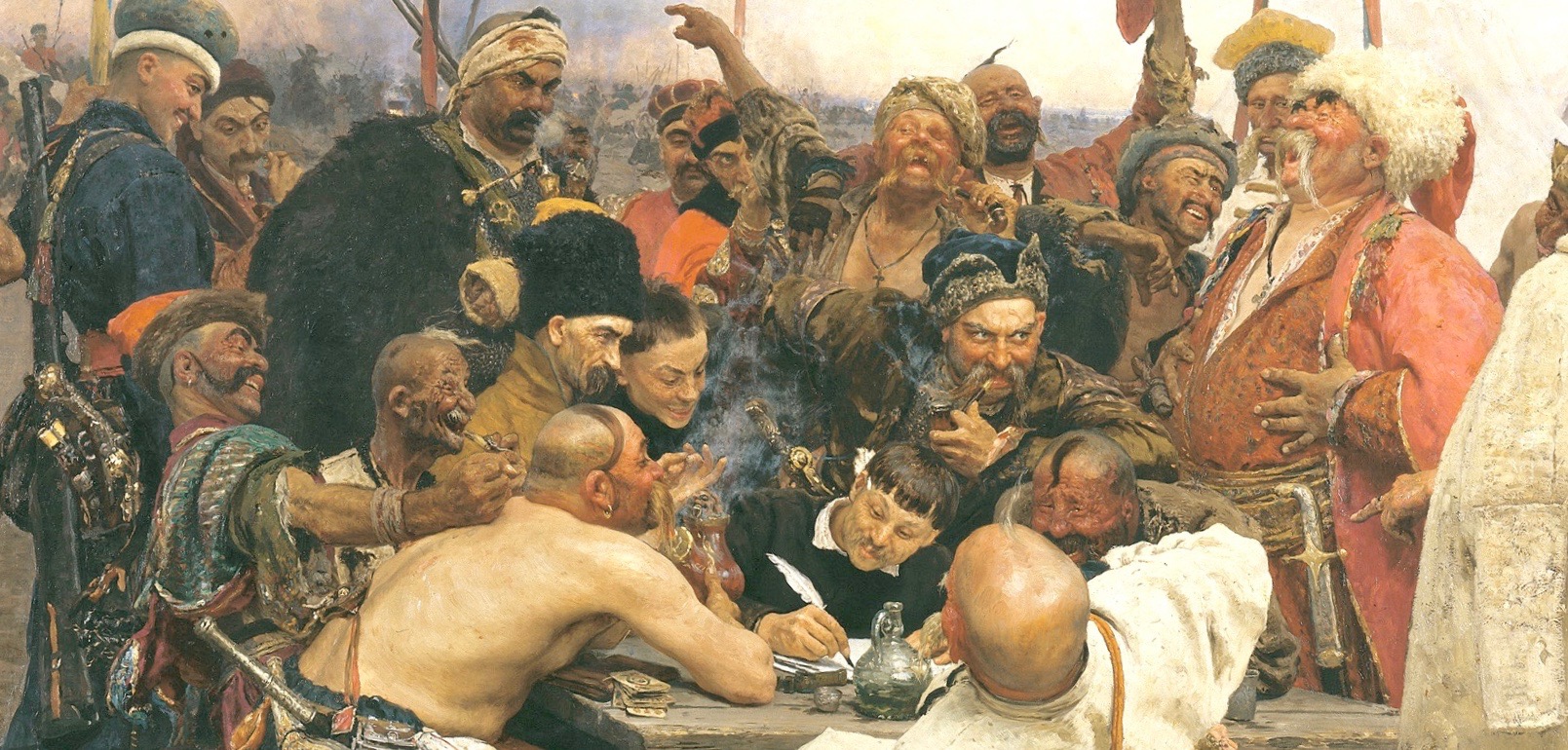
5 Steps to Better Working Agreements
What are Working Agreements
Working Agreements are one of the core compacts that all good Agile teams need and use. For those of you unfamiliar with Working Agreements, they are nothing more than agreed upon protocols created by the team govern their interactions and clarify expectations. They are different from Ground Rules which tend to be more about meeting guidelines, but some Ground Rules do go into the direction of what I call Working Agreements.
In the end, it does not matter what you call them. It matters that you have them. IME, without solid Working Agreements Scrum Teams rarely reach high-performance because team members rely on default expectations of what is considered “professional workplace behavior” and “obvious common sense.” If Scrum and Agile teams want to reach high-performance (the Norming and Performing stages you can read about in my white paper on the Tuckman model), they deliberately need to create their team culture. Working Agreements are one tool to help them do that.
The Process of Creating Working Agreements
Much has been written on how to create these simple guidelines (my favorite articleis from Esther Derby), so here is the process I use when working with a new (or existing) Scrum Team.
- Give each person post-it notes and something to write with. Sharpies (or black markers) work best since the thick tip of a marker is much easier to read from far away compared to a ball point pen.
- Offer the participants two to three minutes to write down candidate working agreements that complete the phrase, “We work best when we….” Each idea is a potential guideline that will support positive interactions among the team members. For instance, here are some examples from the famous design firm IDEO, “We work best when we…have one conversation at a time.” or “We work best when we…build off the ideas of others.” Remind the participants to write one idea per post-it note.
- Once everyone has two to three ideas on post-it notes, ask each person to share one or two ideas, offer a brief explanation (if needed) and then put their post-it notes on the whiteboard or a sheet of chart paper. Share until all the ideas have been put onto the wall (including the duplicates.)]Using the Dot Voting technique, identify the candidate Working Agreements which have the most support within the group. The goal is to identify from four to six Working Agreements that are most relevant for the group.
- Using Roman Voting (or Fist of Five or the Decider\Resolution protocol), confirm the Scrum Team’s commitment to use and enforce the Working Agreements.





